
Together We Rise: How past strategic plans have shaped Loyola—and what’s on the horizon
Introducing Loyola's New Strategic Plan
When Loyola opened its latest strategic planning process in the spring of 2022, President Terrence M. Sawyer, J.D., invited the community to imagine the future of the University together. And they accepted that opportunity with enthusiasm.
Hundreds of members of the community shared their dreams, their hopes, and their insights in everything from personal conversations and town halls to community-wide surveys. The Strategic Planning Steering Committee received nearly 100 proposals offering ideas that could position Loyola well for the future. The process was defined by its care and collaboration, and the result is one that is framed by a powerful vision: With a steadfast commitment to student success, Loyola University Maryland is dedicated to transformational excellence. As a Jesuit, Catholic University, we aim to lead with love and work for justice and aspire to be the best place in the world from which to change the world.
In February, Loyola introduced its next strategic plan, Together We Rise: Loyola University Maryland’s Strategic Plan for 2030, which will shape the next chapter of our University’s history.
The plan, Together We Rise: Loyola University Maryland's Strategic Plan for 2030, calls to advance student and faculty formation; grow Loyola’s footprint, influence, and enrollment; care for our common home; and thrive by investing in and supporting our employees.
The plan calls for greater support for faculty and students, fueling school spirit, investments in graduate education, and growth in health and STEM fields, including nursing. Loyola intends to become a leader in integral ecology and sustainability—and to cultivate a community of belonging. By 2030, the University aspires to be recognized as a destination employer—and a place where operational and digital transformation enhances current systems.
“This is our moment to set Loyola on a trajectory that will ensure its success for generations,” says Sawyer. “This plan comes at a pivotal time. The world of higher education is in flux. Technology is changing rapidly. Issues of justice—including environmental justice—are front and center. Loyola cannot stand still. While staying true to our traditions and values, we must continue to move forward, taking strategic steps to graduate individuals who not only achieve success, but also lead a life of significance."
“This is the plan that will propel Loyola University Maryland into the future, ensuring that the education our students receive continues to be exceptionally strong,” said Gerry Holthaus, ’71, chair of Loyola’s Board of Trustees. “I’m thankful to every member of the Loyola community who participated in creating the plan. We have so much to look forward to as we work together to make this plan a reality.”
An authentic faith always entails a deep desire to change the world. This is the question we must ask ourselves: Do we, too, have a great vision and impulse? Are we audacious? Does our dream soar high?
—Pope Francis
10 Things You Love about Loyola Thanks to Strategic Plans
A look back at Loyola’s most recent strategic plans reveals how they have helped to write the current and future chapters of our University’s story
Over the years, bold dreams have been key to shaping the Loyola we love. But dreams can only become reality when tied to planning.
A strategic plan shapes a dream for the future, setting realistic, intentional steps that can result in transformational change. Thanks to strategic plans through the years, Loyola has become a coeducational, residential university that attracts undergraduate and graduate students from around the country—and the world.
Look through Loyola’s most recent strategic plans and you will see how much the visions and initiatives helped write the next chapters for the University. Even the inspiring titles suggest the growth that would transpire: Great Resolves, Great Desires; Grounded in Tradition, Educating for the Future; Magis: A Strategic Plan for the New Millennium; and the most recent, The Ignatian Compass: Guiding Loyola University Maryland to Ever Greater Excellence.
As Loyola begins to implement its newest strategic plan, Together We Rise: Loyola University Maryland’s Strategic Plan for 2030, let’s reflect on how strategic plans over the past 20 years have launched some of the key aspects of Loyola.
Here are just a few of the characteristics of the Loyola experience that recent strategic plans have helped bring to life:
1
The Perfect Launchpad for New Students: Messina
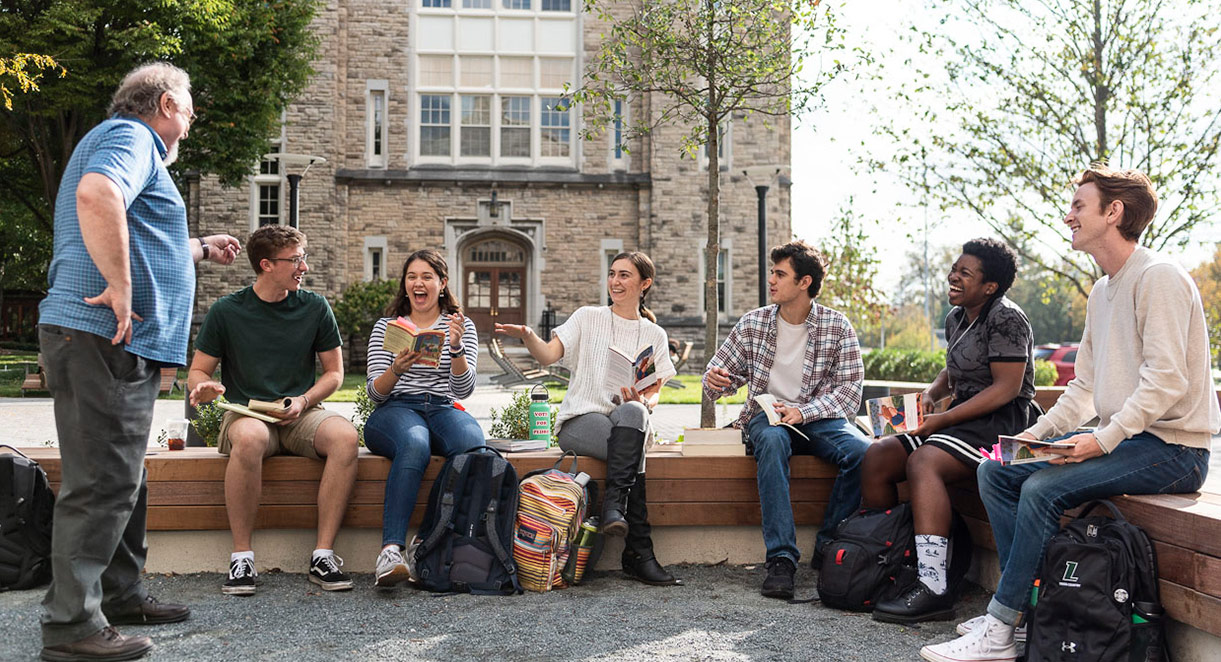
It’s hard to imagine Loyola without Messina, the comprehensive living and learning program that introduces all first-year students to our vibrant campus community and to Baltimore and supports their transition to college. First piloted in 2012, Messina is integral to the Loyola experience, as students connect with faculty, administrators, and upper-class students who serve as mentors. Messina is nationally acclaimed and admired—and it has served as a model for other institutions that are trying to support individual students while also fostering a sense of community.
2
Robust Study Abroad Options
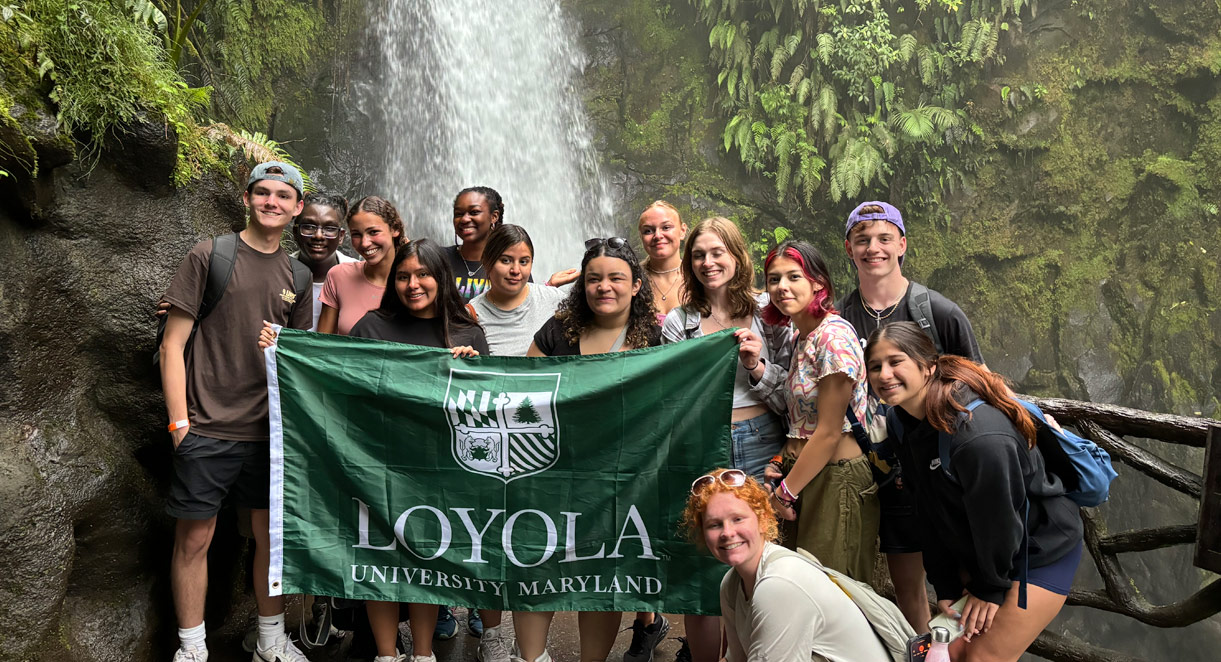
Loyola students have many opportunities to study abroad, choosing from programs on five continents. If they can’t commit to a full semester because of their field of study or role as a student-athlete or on-campus leader, they can consider a summer, spring break, or winter break option—or even a study tour. Strategic plans have played a key role in expanding international programs, even adding experiences for graduate students.
3
Distinctive Global Studies Program

The concept for Global Studies came from a student participating in a strategic planning brainstorm session—and a gift from Ellen and Ed Hanway, ’74, transformed that into a point of pride for our University. In addition to the interdisciplinary academic program that attracts students who want to be leaders and changemakers, Loyola boasts the Hanway Lecture in Global Studies, which brings noteworthy leaders to campus to share timely, relevant insight into today’s global society, and launched in 2013 with a keynote from former Prime Minister of Great Britain and Northern Ireland Tony Blair.
4
Enhanced Academic Facilities
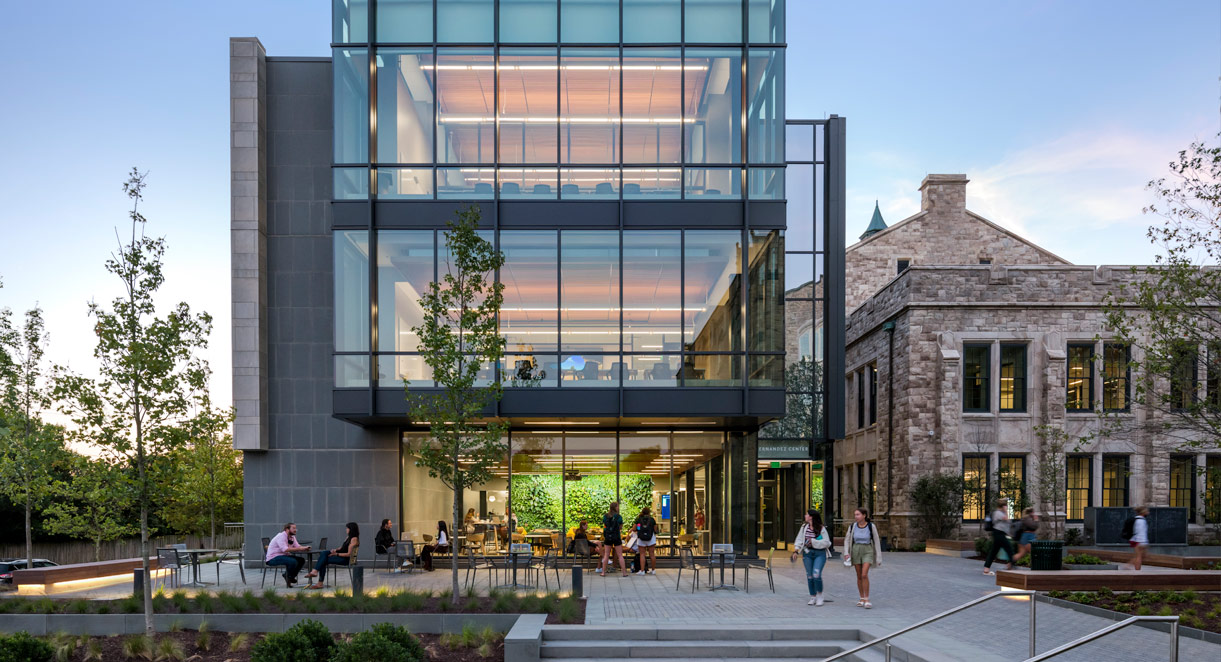
Without strategic planning, Loyola would not have educational spaces like the distinctive Sellinger School of Business building, the Fernandez Center for Innovation and Collaborative Learning with its Kelly Family Outdoor Classroom, and the expanded Loyola/Notre Dame Library. The picturesque Evergreen campus has evolved over the years to enhance the learning experience for students and faculty and provide spaces for collaboration and connection. The contemporary structures that stand alongside the campus’s historic buildings add character and function, providing state-of-the art spaces for learning and research, while also fostering innovation and the personal contact that is a hallmark of a Loyola education.
5
A Place of Belonging
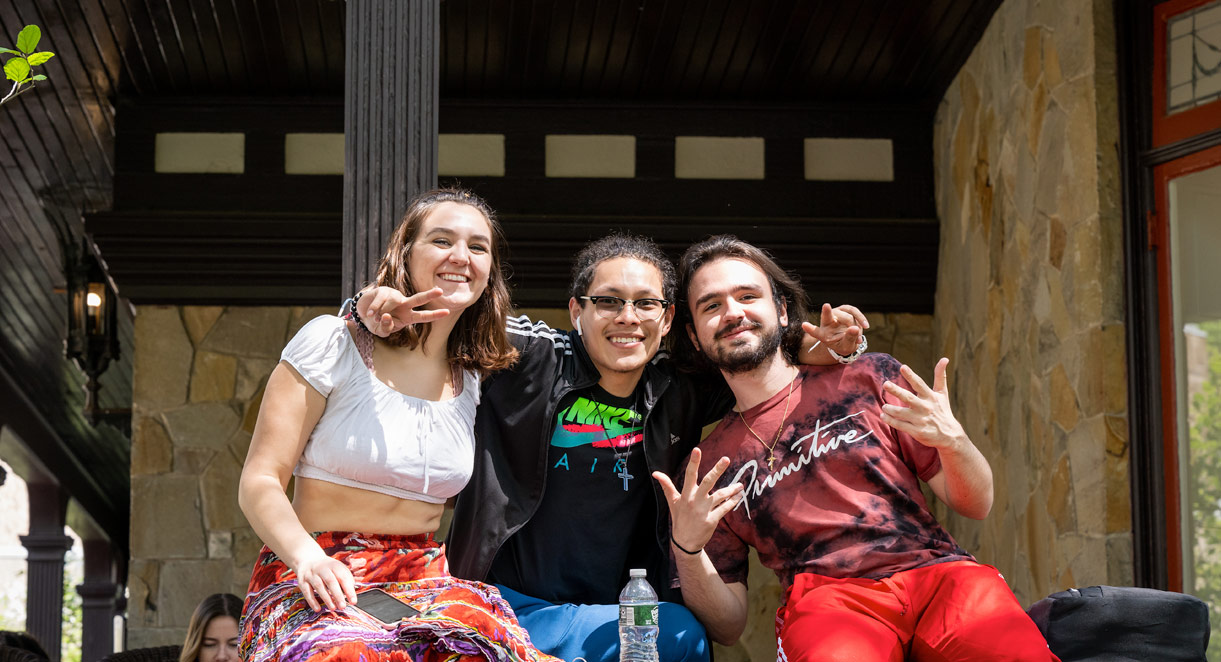
Creating a more diverse community has been a priority of past strategic plans, along with the creation of the President’s Advisory Council for Diversity, Equity, and Inclusion and a senior Cabinet-level leadership position for diversity, equity, inclusion, and justice. Those steps have helped shape the university that Loyola is today—welcoming a more diverse student population—and pushing it to aspire to become a more just, inclusive community.
6
The Loyola Clinical Centers
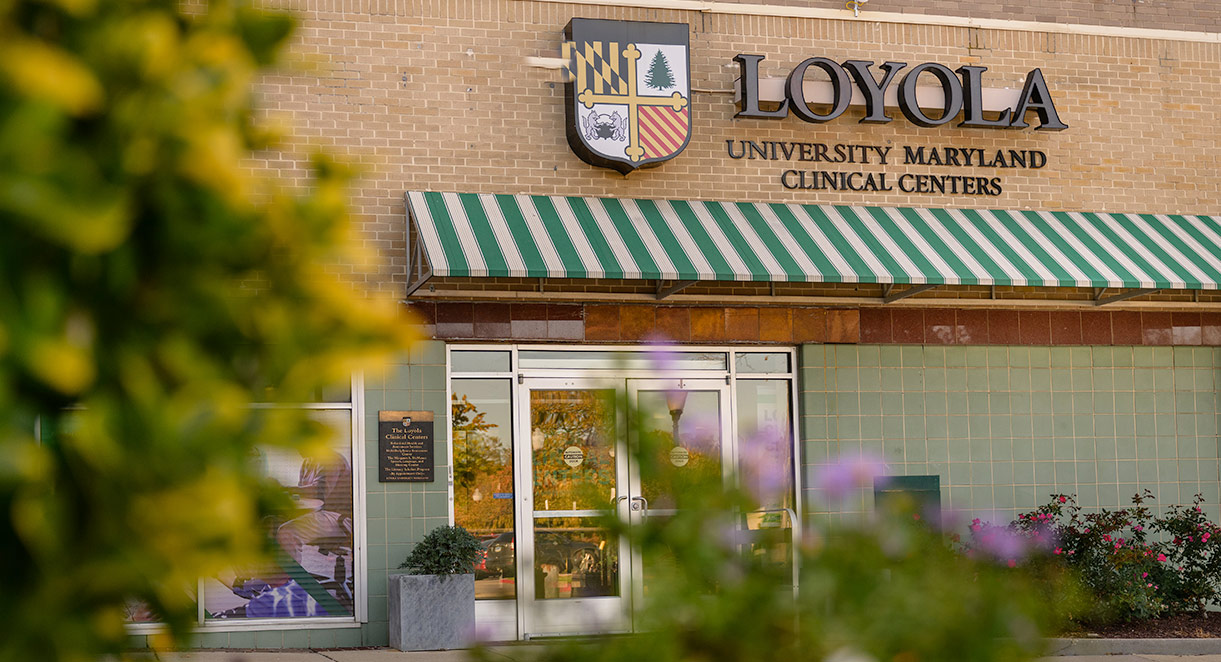
Recognizing an opportunity to serve the community while offering graduate students invaluable training, the University opened the Loyola Clinical Centers (LCC). The LCC, which went through renovations at its Belvedere Square location this past year—recently celebrated 20 years of service to the community.
7
The Start of the School of Education

Although Loyola’s education department had existed for decades, the School of Education was launched in the fall of 2009. Its opening elevated the undergraduate and graduate programs and aligned with the University’s designation change to Loyola University Maryland that same year.
8
Elevating Greyhounds Athletics

The opening of the Ridley Athletic Complex in 2010 enhanced student-athlete recruitment efforts and attracted national attention for Loyola’s lacrosse and soccer programs. Strategic planning also led to the University’s 2013 move from the Metro Atlantic Athletic Conference (MAAC) to the Patriot League, which is known for its fundamental commitment to academic and athletic excellence.
9
Career Services that Ensure Students are Loyola Ready

Today’s students know the Rizzo Career Center as the hub for all things career, with programmatic support and personal guidance as they discern their path beyond Loyola. The University has invested strategically, adding networking tools, job search platforms, speaker series, major-focused career fairs, and a dynamic space that engages students with the process. The whole approach helps students and alumni discover their career passion by introducing a lifelong process of personal discovery and discernment.
10
Investing in Our Community

The strategic planning process has helped Loyola become a better neighbor, and especially in our local community. The York Road Initiative grew out of the 2008 strategic plan, Grounded in Tradition, Educating for the Future. In the years since, the place-based community development strategy has partnered with the local community to enhance area education and youth development, build civic capacity, and strengthen the York Road commercial corridor. The Govans Farmers’ Market opened in 2011, followed by FreshCrate and the Govans Community Fridge, which provide resources in the nearby food desert. Loyola continues to build on these programs with free tax preparation and expungement clinics.
Sounds Like a Plan
Strategic plans can shape the future, focus resources and energy, and bring people together to work toward a common goal. History shows that if you give a talented group of Greyhounds an exceptional plan built on an inspiring vision, Loyola will be a stronger, thriving institution—poised well for the future.
The best news? Good things are on the horizon—and we’ve got a plan!
Learn more about Together We Rise